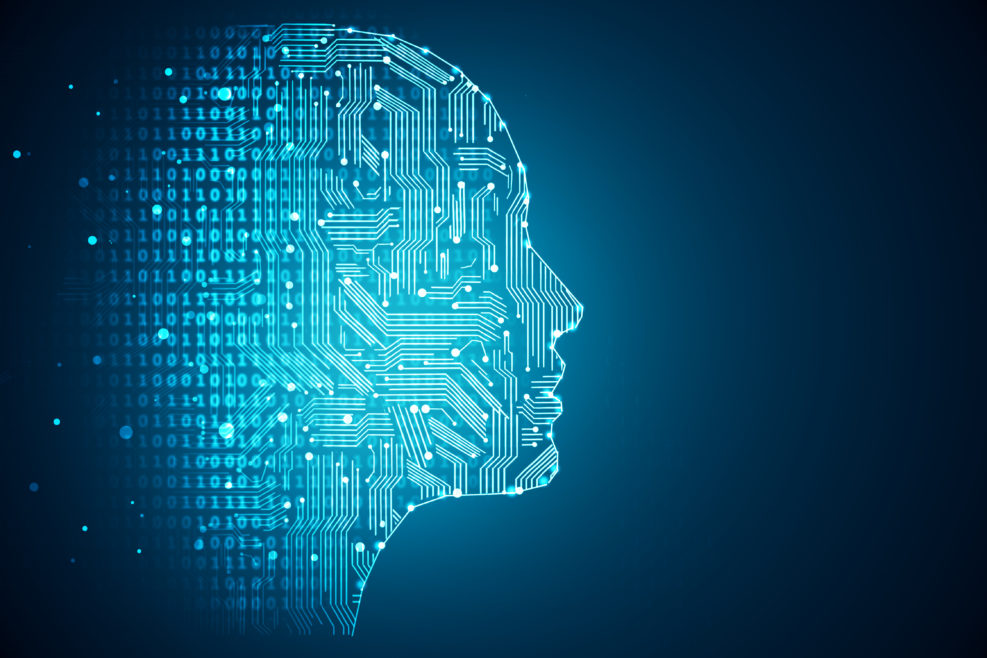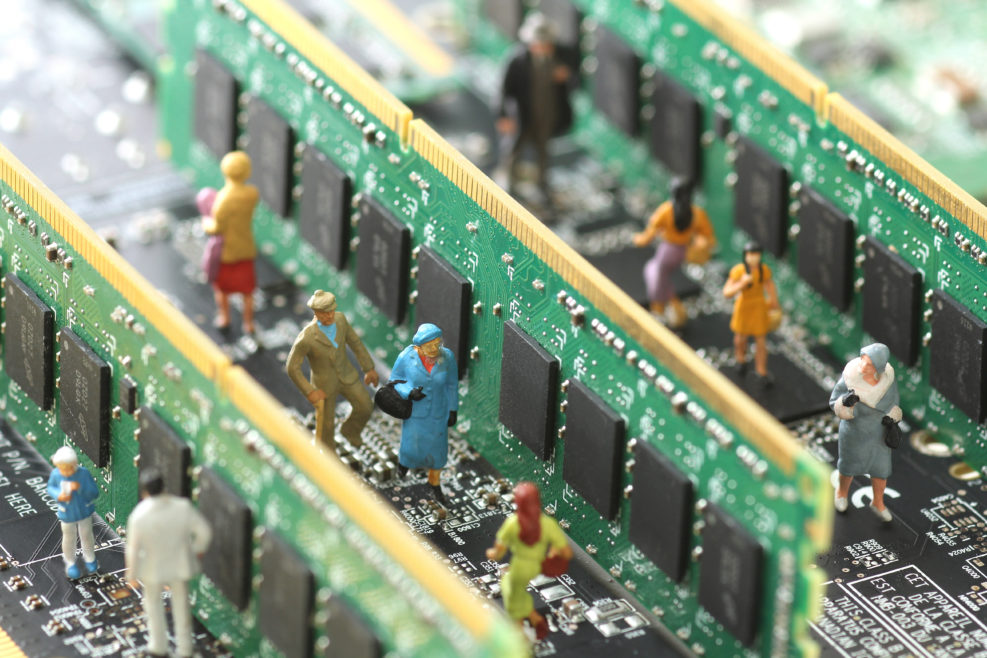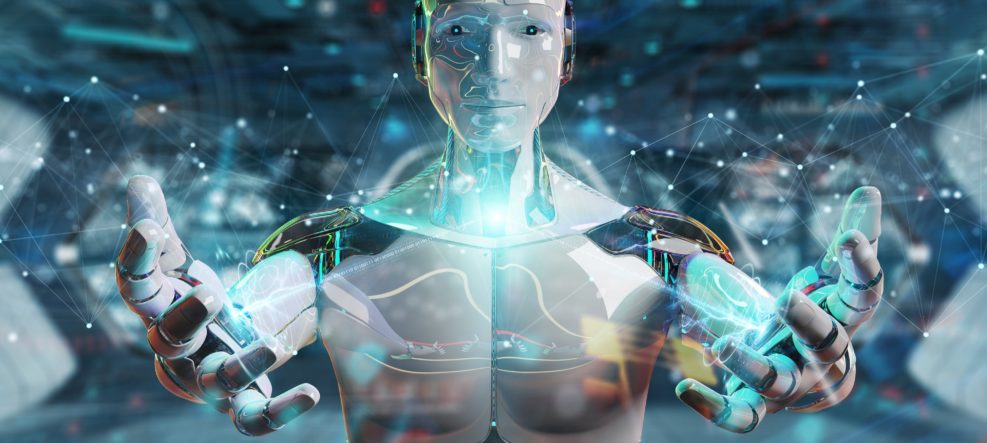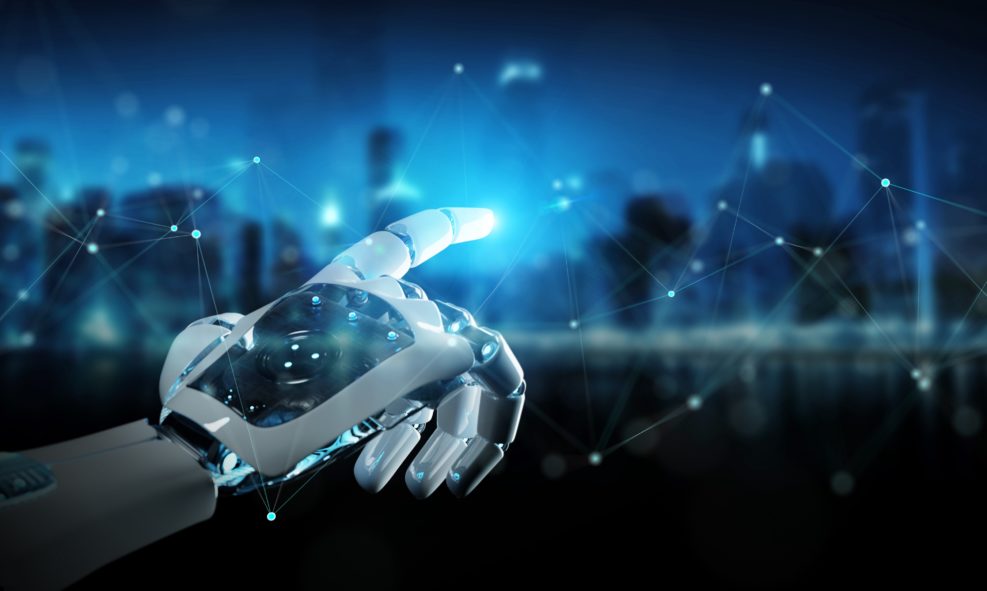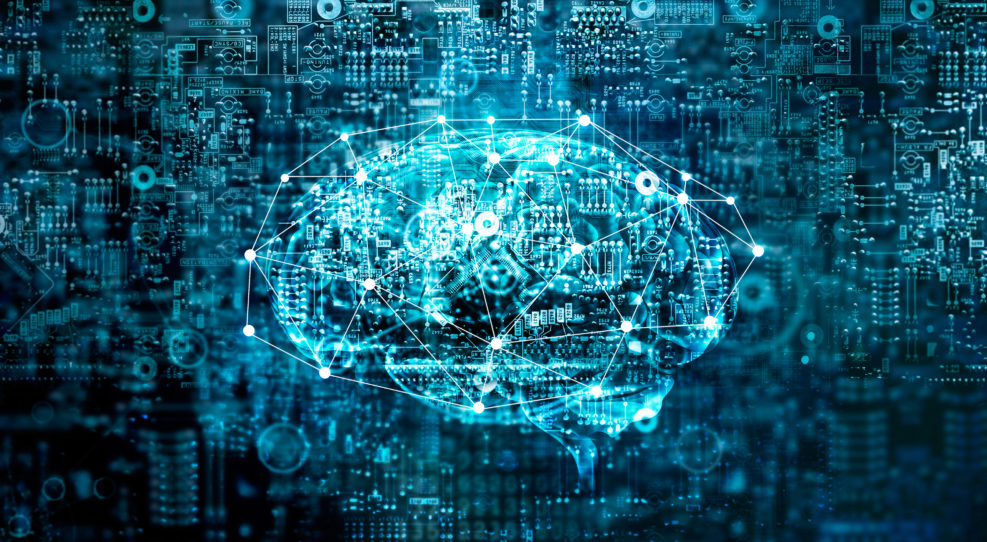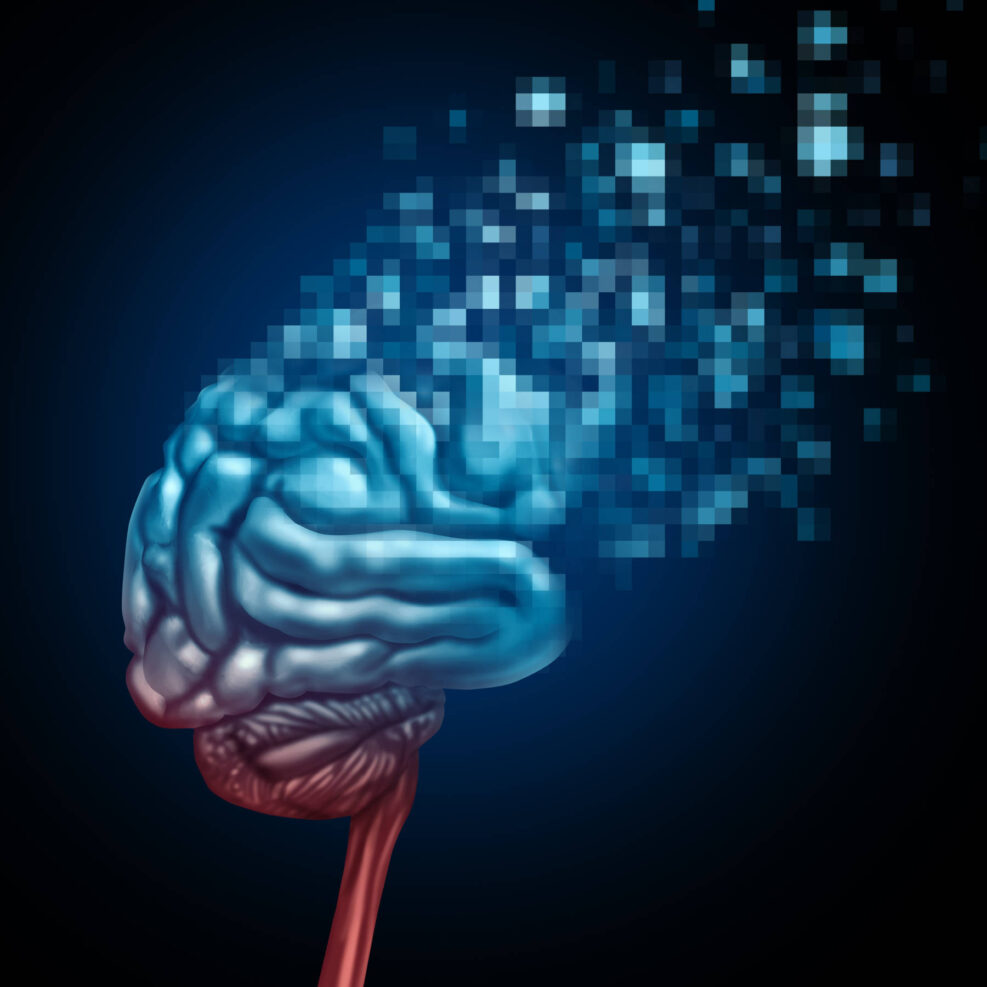
Are We Spiritual Machines? Are We Machines at All?
Inventor Ray Kurzweil proposed in 1999 that within the next thirty years we will upload ourselves into computers as virtual persons, programs on machinesI’ve been reviewing philosopher and programmer Erik Larson’s The Myth of Artificial Intelligence. See my earlier posts, here, here, here, and here. The event at which I moderated the discussion about Ray Kurzweil’s The Age of Spiritual Machines was the 1998 George Gilder Telecosm conference, which occurred in the fall of that year at Lake Tahoe (I remember baseball players Sammy Sosa and Mark McGwire chasing each other for home run leadership at the time). In response to the discussion, I wrote a paper for First Things titled “Are We Spiritual Machines?” — it is still available online at the link just given, and its arguments remain current and relevant. According to The Age of Spiritual Machines , machine intelligence is the next great step in the evolution of intelligence. That man Read More ›




